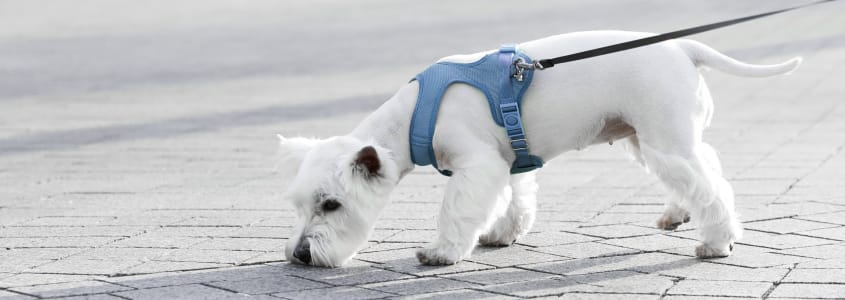
Cleaning your cat's teeth can be a tedious task, but oral hygiene is a key component of your pet's overall health. Our Milledgeville veterinary team explains how to spot dental health problems in your cat, some of the most common dental diseases in cats, and how these issues can be prevented or treated.
Your Cat's Dental Health
Your cat's oral health is important to their overall health and wellbeing. Your cat uses their mouth, teeth, and gums to eat and vocalize, so when their oral structures are diseased or damaged, and stop functioning properly, your cat experiences pain, which will interfere with its ability to eat and communicate normally.
Not only that, the bacteria and infection that causes many oral health issues in cats won't just remain in your kitty's mouth. Left untreated the infection and bacteria from your cat's mouth may begin to circulate throughout your pet's body, damaging organs such as their kidneys, liver, and heart and leading to more serious impacts on their overall health and longevity of your feline friend.
Cleaning Your Cat's Teeth
You should begin brushing your cat's teeth when they're a kitten (or once you get the cat if they're older) to get them familiar with the process. You can start by waiting for them to be in a relaxed state and proceed to gently rub their teeth and gums with your finger.
After a few sessions of rubbing the teeth with your finger, you can introduce toothpaste into the mix. Make sure you buy toothpaste designed for cats, as human toothpaste can be toxic to cats.
Once your kitty is familiar with the toothpaste you can begin using a toothbrush. A standard manual toothbrush is acceptable to use, but a cat-specific toothbrush would be ideal. Finger toothbrushes are a good alternative if your cat isn't a fan of a standard brush.
If your cat is opposed to brushing at first, wrap them in a towel and hold them secure so they feel safe and cozy before attempting to brush.
Signs of Cat Dental Issues
Specific symptoms will differ between conditions, however, if you notice any of the following behaviors or symptoms, there is a chance that your cat is suffering from dental disease.
Some of the most common symptoms of dental disease in cats can include:
- Bad Breath (halitosis)
- Excessive drooling
- Weight loss
- Difficulty with or slow eating
- Missing or loose teeth
- Visible tartar
- Bleeding, swollen, or noticeably red gums
- Pawing at their teeth or mouth
If you notice any of the above signs of dental disease in your cat, bring them to your Milledgeville vet as soon as possible for examinations. The sooner your cat's dental disease is diagnosed and treated the better for your cat's long-term health.
Professional Veterinary Dentistry
In addition to brushing your cat's teeth at home, your pet will still need regular professional examinations and cleanings.
Part of your pet's dental check-up will likely include scaling (removal or build-up and tartar from the tooth's surface and below the gum line) and polishing under anesthesia. This cleaning not only makes your cat or dog's teeth appear cleaner but also gives your vet team a chance to closely observe any emerging or ongoing dental issues.
Note: The advice provided in this post is intended for informational purposes and does not constitute medical advice regarding people or pets. Always follow your doctor's advice regarding asthma or other allergy symptoms.

